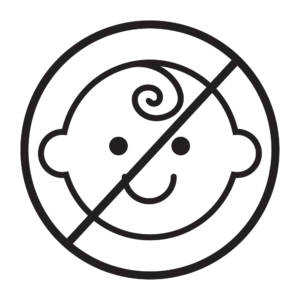
The year 2020 is a leap year, and there are many traditions and folklore surrounding both leap years and the date of February 29th.
A leap year only comes around every four years ostensibly to synchronize the calendar year with the season, and 2020 is one of them. Non-leap years are called common years. The Gregorian calendar is not the only one that adds days to keep it on track. The Hebrew calendar adds a 13th month within its cycles to keep the seasons and calendar synchronous. On February 29, there are many traditions and folklore that make it fun.
Gender Role Reversals
Traditionally, men have proposed to women when it comes to marriage. There are a number of reasons for this, one of which is that a woman might appear desperate or too aggressive if they were the ones who proposed. The first legend of a woman having the option to propose is from the fifth century, when the patron saint of Ireland, St. Patrick, granted permission to single women who had shy suitors to propose marriage. It’s thought that St. Brigid of Kildare requested that this tradition happen every leap year.
There’s another tradition that says Queen Margaret put a law on the books requiring a man to pay a fine if he turned the lady down, typically in the form of a pair of gloves, a flower and one pound. However, it’s unlikely that Queen Margaret actually did put the law into motion, because she was only five at the time the said law went into effect.
In Finland, the custom is that the man buys the woman fabrics for a skirt. In the 17th century, it is thought that women would wear a scarlet petticoat if they were going to take advantage of leap year and propose. This gave the potential groom fair warning.
Popular Culture
These traditions are most likely the precursor to Sadie Hawkins Day, which is the United States’ folk tradition celebrated on the first Saturday after November 9th. It’s a gender role reversal day when women and girls take the initiative to invite men on a date or even to propose marriage. Feminists of today believe the holiday is outdated, but some actually say that the tradition can empower women.
In 2010, Amy Adams starred in “Leap Year,” a movie that relates to the tradition of leap year. The character, Anna, follows her boyfriend to Dublin to propose on February 29. Through twists and turns, Anna is of course foiled, travels throughout Ireland and must face the truth about her relationship. It’s a fun and interesting movie.
Leap Year Traditions
In Greece, it’s considered unlucky to get married during the leap year. That must be rough on the wedding industry, because at least 20 percent of couples will avoid getting married during a leap year. In Greek culture, it’s also considered bad luck to start anything new during the leap year, whether it be baptizing a child, starting a business, or taking off on a journey. According to superstition, a marriage or engagement that begins in a leap year will undoubtedly end in a tragedy, such as divorce or death.
In Ukraine, the saint for February 29 is Cassian, who is said to have brought sickness to animals and people with a single gaze. According to legend, Cassian once refused to help a peasant get his cart out of the mud, which prompted God to limit Cassian to one saint’s day every four years. Ukrainians protect their animals and their families by staying inside on February 29. They also won’t marry on the day.
In Today’s Culture
Many people wonder if women really need a special day or year to propose to their partner. There have been some interesting proposals that have reached fame on the television and radio. Women just get tired of waiting for their partner to take the first step. Depending on what your cultural background is, this will ultimately determine whether you feel comfortable taking the step toward marriage during a leap year.



